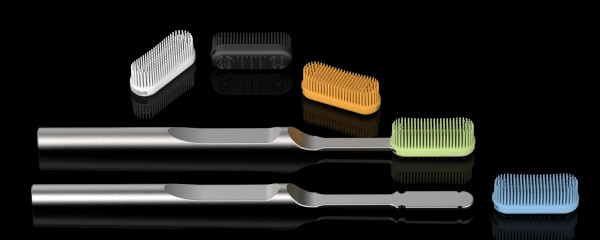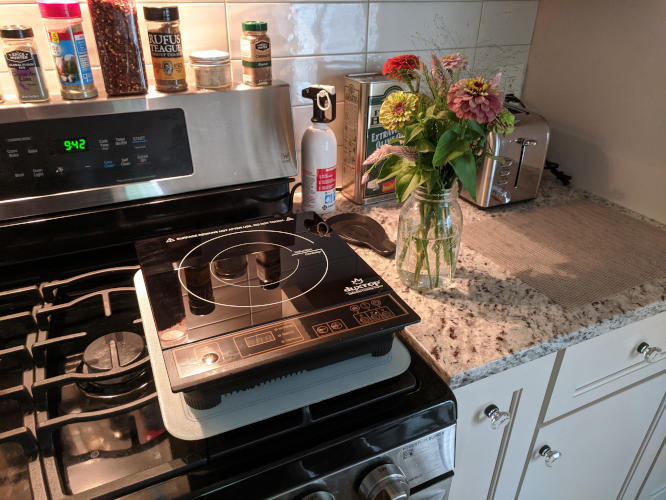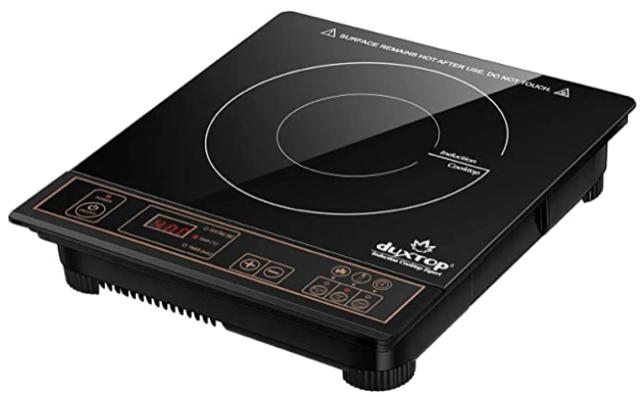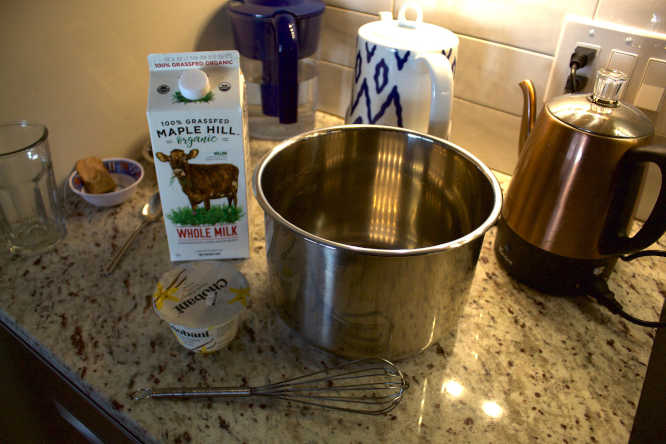
Americans discard 550 million plastic shampoo bottles every year. In a decade, that’s 5.5 billion plastic shampoo bottles. Each plastic bottle requires fossil fuels for its raw materials, more fossil fuels for its manufacturing, and even more fossil fuels to needlessly ship what is mostly water, the bulk of the liquid shampoo. The bottles are rarely, if ever recycled. The plastic bottles end up either in a landfill, as plastic waste on land, or as plastic waste in the ocean.
None of this waste and damage and pollution is necessary, when shampoo bars in zero-waste packaging are available.
For the most part, a shampoo bar consists of the same ingredients or similar ingredients as liquid shampoo, but with the water removed. The bars are hard like soap, and you use them just as you would bars of soap in the shower, but for your hair.
A vast number of different types of shampoo bars are now available, from a large number of companies. These are not just “hippy” companies either, unless you consider corporate giants such as Unilever and Procter and Gamble to be hippies. Just get on Amazon and enter a search for “shampoo bar,” and you’ll see what I mean. You will probably find the sheer range of products bewildering, so the rest of this article is intended as a guide for your own process of selecting a product.
I can personally vouch for the effectiveness and convenience of shampoo bars, having used several different kinds. Toward the end of this article, I will offer some specific recommendations.
Four factors to note immediately:
- The shampoo bars are highly concentrated. Even a tiny amount applied to a section of your hair, when rubbed in, will quickly bloom into a full head of lather. It’s a bit of a challenge to use only as little as necessary. Also, when the bar is wet much more material comes off easily, so because you normally apply more shampoo for the first wash and less for the second, you have get used to making extra sure you don’t apply too much for the second wash.
- Not all of the products are in zero-waste packaging. Many of them are not. I encourage you to shop only for those products packaged only in a simple thin cardboard box, or even just wrapped in paper. Anything else is wasteful.
- Some products are offered in an aluminum container with a screw-on top. If you buy these repeatedly it’s wasteful, but it does make sense to buy one of these, and then use the container again and again for holding the shampoo bar for travel.
- This is a developing market, prices vary widely, and economies of scale have not yet kicked in. It’s important to look at price per ounce for each product. There are high quality products available at relatively low prices, as well as low quality products available at high prices. Shop carefully, and read the reviews.
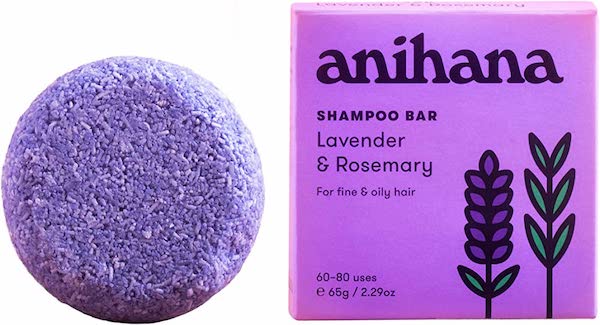
The first product I tried was Anihana Lavender and Rosemary, which comes in a simple thin cardboard box that can go directly into paper recycling. I found this to be a high quality product that was easy and pleasant to use, and smells very good. One of these bars will provide about 80 applications, according to the manufacturer. I bought it for $9.99 on Amazon, so that’s about 13 cents per wash. This is definitely more expensive than most liquid shampoo, but as previously mentioned economies of scale have not yet kicked in, and this particular bar is not the least expensive available.
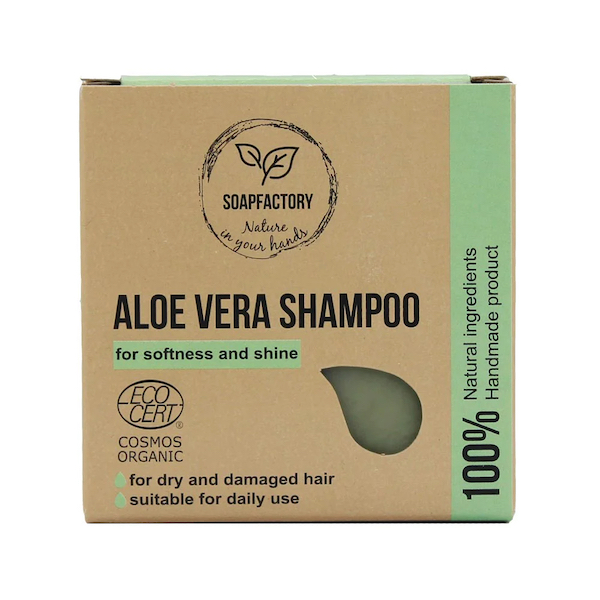
Another product I can recommend is an aloe vera bar from Soap Factory. This shampoo bar smells great, is very hard, and so lasts a long time.

J.R. Liggett’s has been making shampoo bars for more than thirty years, and always with all natural ingredients and zero-waste packaging. I can strongly recommend the Ligget’s sample pack of travel size shampoo bars.
Give any of these a try, and I’m sure you will like them.


